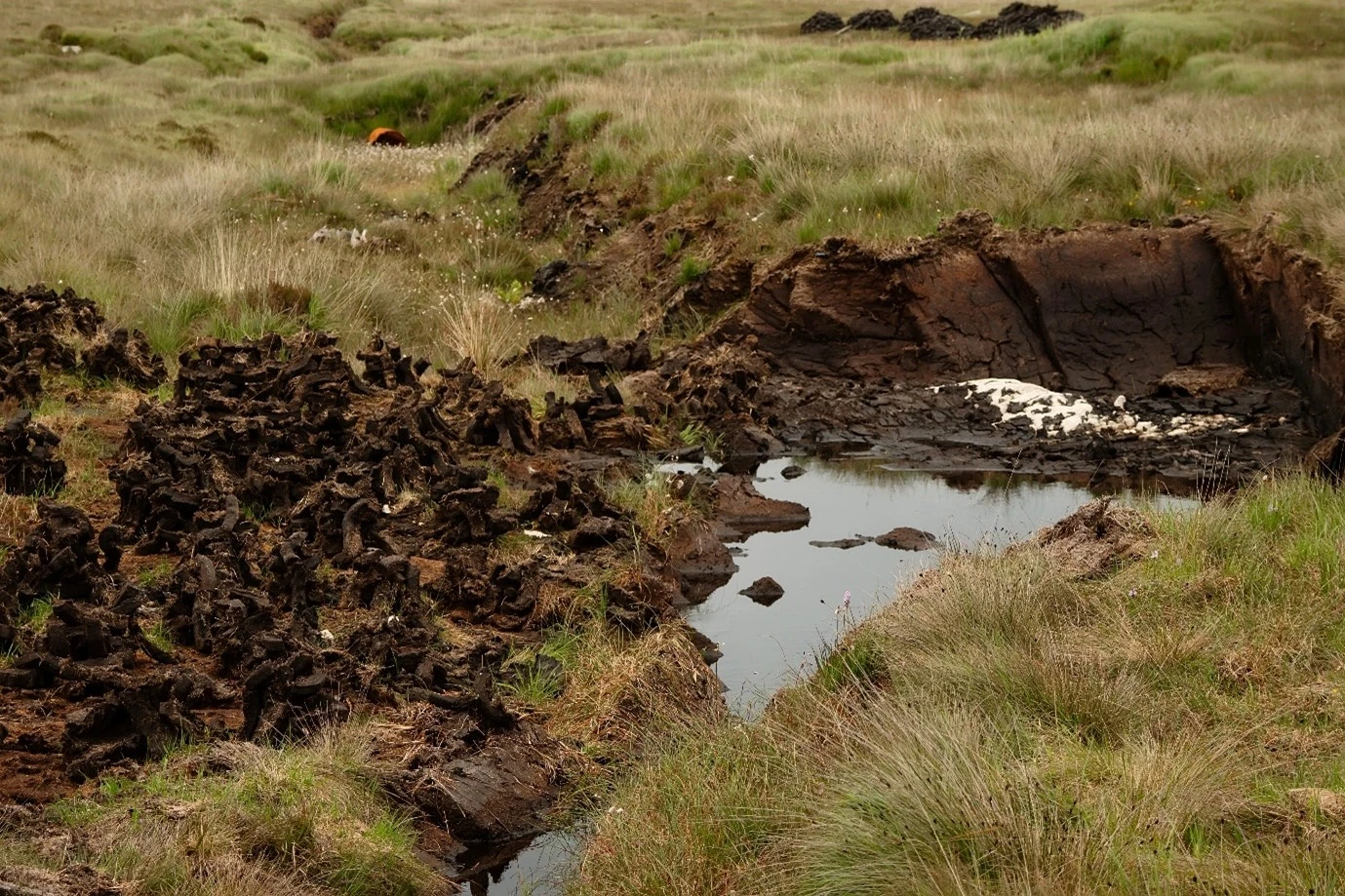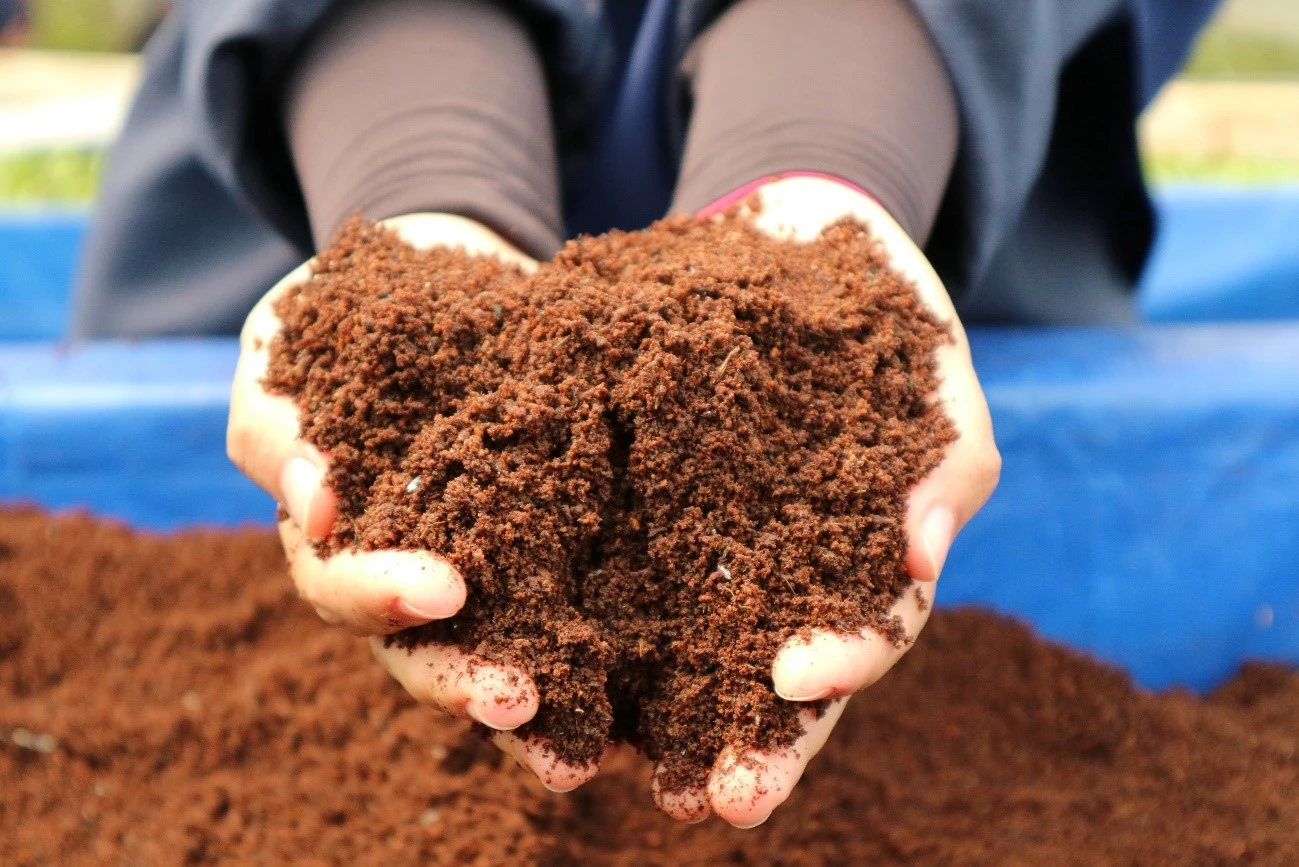2025 is shaping up to be a challenging year for substrate raw materials.
Unusually heavy rainfall across key peat-producing regions has resulted in one of the lowest peat harvests in decades. At the same time, coco coir supply is also under pressure due to irregular weather patterns in tropical zones. These twin shortages are set to have a direct impact on the substrate industry and end users, retailers, and distributors need to prepare for rising prices.

Peat Harvest Severely Limited
This year’s peat harvest 2025 reached only 15–25% of planned volumes, with white peat (sphagnum) especially affected. Production levels have dropped to 25–35% of normal, creating a significant raw material shortage in the substrate market.
Coco Coir Also Under Strain
Coco coir, the second most used substrate component globally, is also facing supply disruptions. Rainfall irregularities in producing countries have led to lower yields and logistical delays, further tightening the market and adding to the pressure on substrate raw materials.

What This Means for the Substrate Business
Raw material shortages will lead to longer lead times and limited availability.
Peat and coir price increases are expected, as suppliers adjust to higher costs and reduced volumes.
Planning ahead is essential. Businesses that rely on peat or coir-based mixes should engage early with suppliers to secure stock and manage pricing expectations.
Why Prices Will Go Up
The substrate industry is built on seasonal cycles and predictable harvests. When those cycles are disrupted, as they are now, the entire supply chain feels the impact. With both peat and coco coir in short supply, costs will inevitably rise. These increases will affect the entire substrate market, from producers to distributors, retailers, and eventually, customers, Who may notice price adjustments in the products they use.
Key Takeaway
This is not a temporary fluctuation. The current situation reflects broader structural challenges in substrate raw material sourcing. Expect continued pressure on availability and pricing throughout the season. If you’re in the substrate business, whether as a grower, distributor, or retailer, now is the time to act. Stay in close contact with your suppliers, monitor stock levels, and be ready for a market where limited supply may lead to price adjustments.











